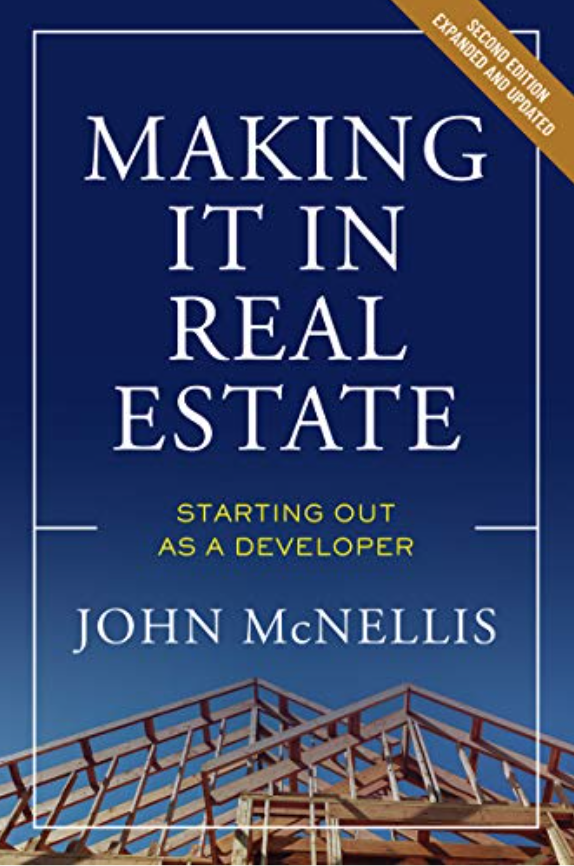“Behind every great fortune lies a great crime,” Honore de Balzac, the French novelist, supposedly claimed. While this may be true in France, (besides the tactical retreat, what French innovation has withstood the test of time?) America is surely different. Many of its great fortunes are rooted in nothing more insidious than a combination of ingenuity and hard work. Even Apple’s refusal to run Adobe Flash is only mildly criminal.
Surprisingly, perhaps, even the troubled world of private equity is no sure bet for the cynical Frenchman. Bain Capital took Burlington Coat Factory, a low-cost department store chain, private in 2006. Six years later and the retailer’s senior managers are still very happy. One manager told me that while Bain has been there to provide support with strategic decisions, it allows management to run the company and that Bain is clearly committed to the investment for the long term.
Yet Balzac might find his vindication elsewhere in private equity’s forays into the retail world. Interviewed for this article, a board director at a major national retailer said, “There is no question a lot of companies have been looted by private equity. Mervyns is a great example.” And so it is.
Another low-cost alternative to department stores, Mervyns started out selling cheap goods in San Lorenzo in 1949, added a second store in Fremont in 1962 and by the late ’70s had grown to more than 50 stores. Target Corp. acquired the company in 1978 but decided to sell it in 2004 to concentrate on its Target brand.
Upon placing Mervyns for sale, Target learned that the potential buyers wanted its valuable real estate, not its tired retail concept. Target decided, however, that it would not sell to any buyer who would kill the company and sell off its parts like a Third World organ trafficker. To protect Mervyns’ 30,000 employees, Target announced it would sell only to those who would continue to operate the business.
A private equity group consisting of Sun Capital Partners, Cerebus Capital Management and real estate investor Lubert-Adler apparently agreed to these terms, and the sale closed in July 2004.
Despite their promises to Target, Mervyns’ new owners promptly began closing stores, first in Minnesota, then the South and the Midwest. The store closures continued until, by 2008, Mervyns was in a death-spiral that ended in bankruptcy liquidation with the shuttering of all of its stores.
What makes Mervyns’ dismal fate stand out so much among retailers crushed by private equity is the difference between manslaughter and murder one—that is, the difference between gross negligence and ice-cold premeditation. Mervyns wasn’t killed in some drunken joyride; it was tortured and poisoned. Immediately after acquiring the company, the new owners split Mervyns into two companies, one that would own all of the real estate and the other that would lease the real estate from the first and then operate the department stores. This tactic isn’t new; it even has a nickname on Wall Street—“opco/propco,” short for operating company and property company.
The owners of Mervyns’ property company signed new long-term leases with themselves as the owners of the operating company. The lease terms were, it appears, industry standard except for the most basic term—the rent. The rent was so high that a wounded zebra like Mervyns had no chance of ever successfully operating its stores.
As soon as the signatures on the leases were dry, the Mervyns property company put its department stores on the market for sale as solid investments, somehow convincing buyers that the operating company tenant was solid and the income stream safe. While many of the buyers were major players and should have known better, some were not. One family in Tempe, Arizona traded its inheritance—an apartment project—into a Mervyns that is vacant to this day.
That Mervyns may have failed anyway is a distinct possibility; it was under siege from better, nimbler competitors, notably Kohl’s Corp. That Sun, Cerebus and Lubert tried to run the company as a going concern instead of a chop shop is also a possibility; they did after all hire a series of retail-savvy CEOs to run the company.
Yet possibilities are often more pleasant to contemplate than certainties. What is certain is that this troika financed its acquisition of Mervyns by borrowing heavily against the company’s own real estate (i.e. they badly over-leveraged the company) and that they made all of their money, hundreds of millions, not in operating Mervyns but in selling their own artificially-inflated leases. What also is certain is that everyone else who had anything to do with Mervyns—employees, vendors, suppliers and landlords—lost money, sometimes everything they had. Thousands of Mervyns’ life-long employees lost not only their jobs but also their pensions. (That corporate raiders can loot employee pension funds without going to jail is a great crime.)
Thanks to the miracle of our bankruptcy laws, Sun, Cerebus and Lupert were able to squeeze every drop of blood from the company, wait a few months and then walk away from the blanched carcass, leaving its creditors bewildered. If a firestorm of protest ever blazes into an American Bastille, actions like this will be among its matches.


